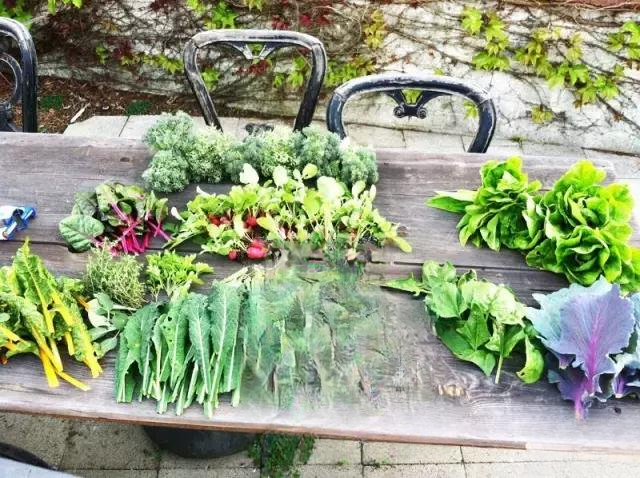Gardening – How to prepare your garden for spring planting
Original Courtyard Time
Author Shanjiang
Early spring is the season of renewal. Waking up your garden for a new growing season is a top priority for every gardener. Whether your garden consists of just a few pots or an entire acre or more, you can keep your soil in optimal condition through regular work like weeding, composting, and planting cover crops.
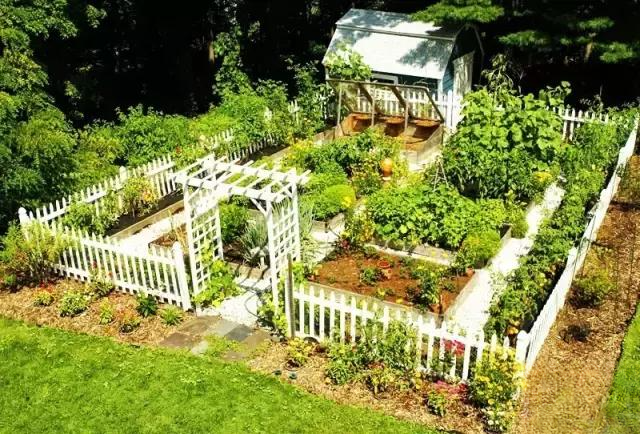
Growing a vegetable garden and figuring out how to get the best harvest from them can be easier than you think. If you plan correctly, you can enjoy a beautiful garden filled with the fruits of your labor without having to spend hours tending to it. Planting a garden that includes both vegetables and flowers means you've incorporated natural companions, transforming a potential eyesore into an attractive landscape feature.
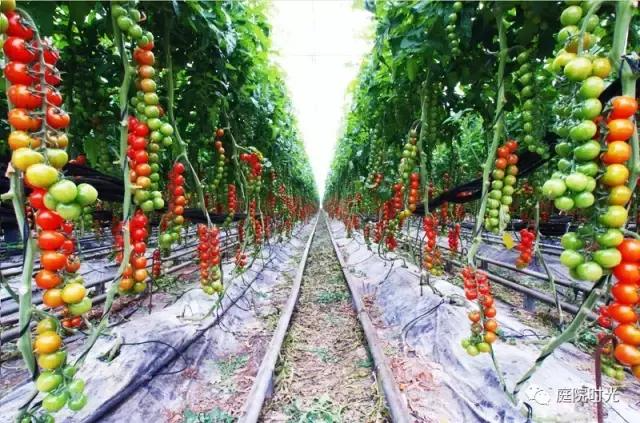
Some early preparation during the spring gardening season will pay dividends year-round.
Spring Gardening Checklist
The garden is waking up, and you're in charge! Now's the time to plant, prune, prepare the garden beds, and care for your lawn.
Prepare Your Soil
Seasonal weeds may poke their heads in your garden soil, so pull them out early. Otherwise they will flower, set seed, and multiply.
After you’ve dealt with the weeds, add some fertilizer and mix it into the soil.
Best Free Fertilizer
Fertilizers are labeled as containing three main plant nutrients: nitrogen, phosphorus, and potassium. Most organic fertilizers are much more expensive than synthetic chemicals. You can also use your own kitchen scraps to compost your garden. A few weeks before you plan to plant, cover your garden beds with at least a 1-inch layer of good compost. This compost will provide the soil with nutrient-rich organic matter and improve its ability to process water and nourish crops.
Then: Focus on developing your soil. Heavy rain, gravity, and other forces can cause soil to compact over time, so loosening it before planting should be a top priority. Remove rocks, dry the soil, and break it up with a shovel or fork.
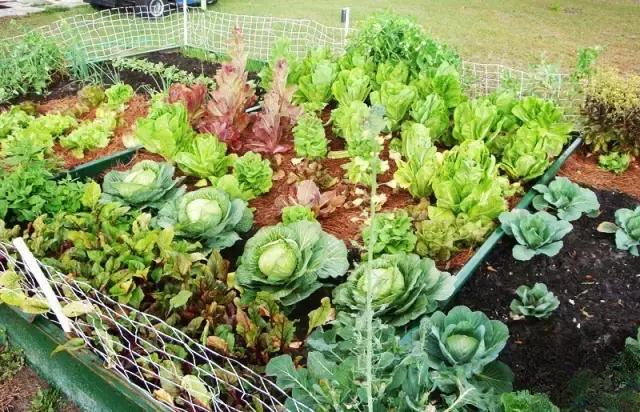
For garden tools, use lubricating oil to lubricate any moving parts to keep them in top working condition.
Planting
Vegetable farming allows you to enjoy delicious, sun-kissed fruits and vegetables from your garden. The taste and texture of your own produce will far surpass what you'll find at the market.
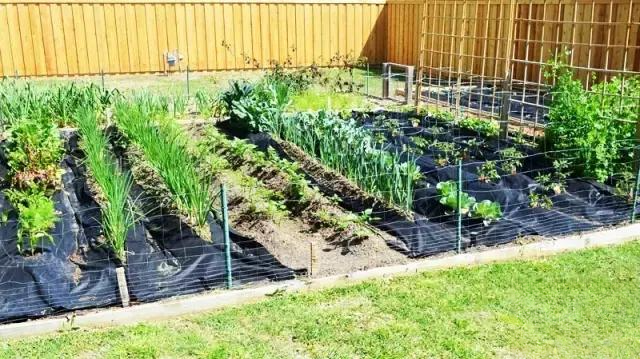
If you're new to gardening, here are some guidelines and tips to help you get started right.
Sun: Choose a location for your garden that gets full sun—that means at least six hours of direct sunlight a day. This is especially important for "fruiting" crops like tomatoes, peppers, and squash. Some crops, like lettuce and spinach, only need three or four hours of direct sunlight, so choose the sun that's best for your garden.
Soil: The most important factor for growing vegetables in the sun is healthy soil. Make sure the soil drains well (not standing water after rain). Most garden soils benefit from the addition of organic matter, especially compost. Organic matter improves drainage and water-holding capacity and provides some nutrients. Read more about soil preparation: Improving Garden Soil.
Location: Choose a spot that's as convenient as possible. You'll need to visit the garden every day to check on its progress and pull a weed or two. You'll also need a water supply.
